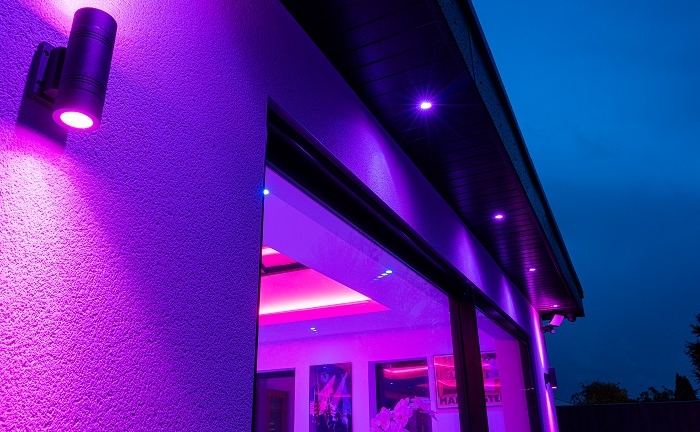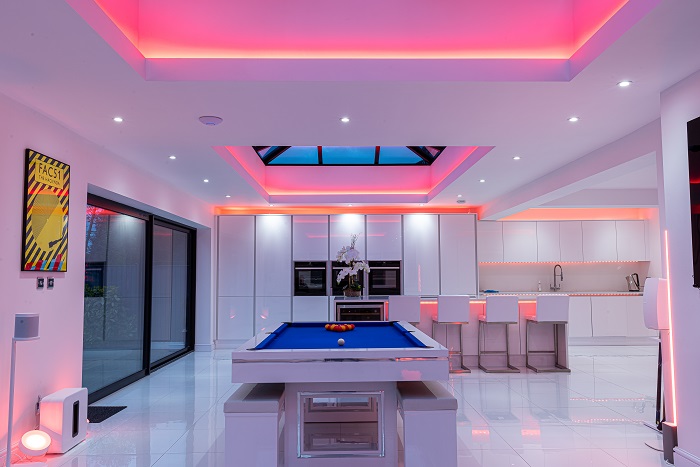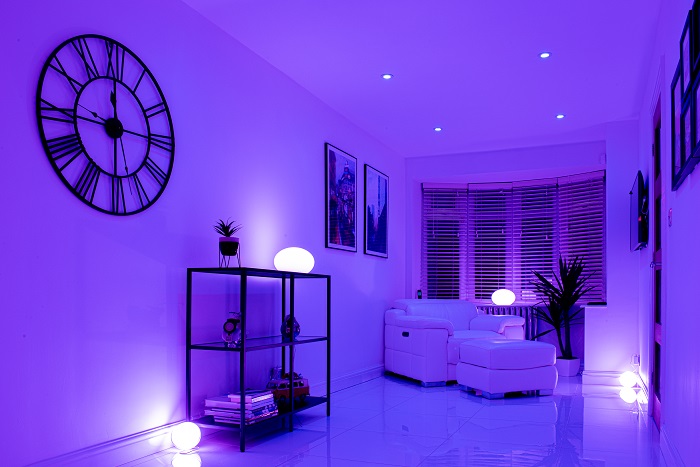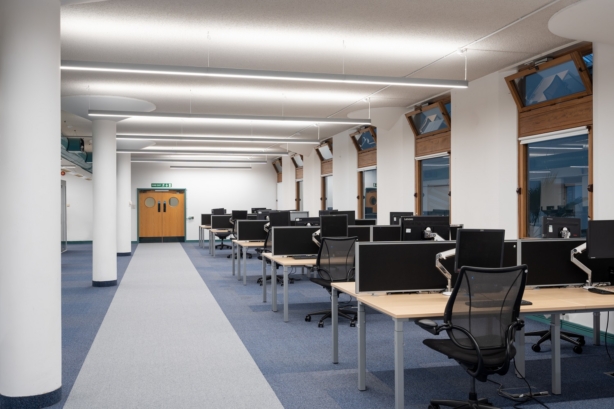
We are a leading manufacturer of quality internal and external lighting products for commercial, industrial and retail applications.
View all productsAt Ansell Lighting we design and manufacture an extensive range of luminaires for a diverse number of sectors and applications. Whatever the shape, purpose or style of your space, we have a lighting solution.
View all sectors & applicationsWe are a leading manufacturer of quality internal and external lighting products for commercial, industrial and retail applications.
Welcome to Ansell lightingWe are here to answer any questions you may have, help you find a stockist or speak to a local member of our team.
OCTO delivers the complete smart lighting package to transform the efficiency and ambience of commercial and residential spaces.
Find information regarding our product warranty, product data downloads and FAQs regarding lighting and technical terms. Here you will find support with training CPDs as well as useful lighting design and LED strip calculators.
What installers should consider when it comes to smart lighting

Whilst still a relatively new concept, smart lighting is undoubtedly taking the market by storm. In this article Anthony Parkinson, Technical Manager at Ansell Lighting reveals the main factors contractors should consider when embarking on a smart lighting project.
“When you consider the heightened control, customisation, cost and energy efficiency it offers, it’s easy to see why smart lighting technology is soaring in popularity across all building-use sectors. From homeowners creating rooms with differing ambiences, to commercial spaces seeking to improve control and energy use, its benefits appeal to users across a wide variety of settings.
“Going far beyond simply lighting spaces, smart lighting has a multitude of uses. It can help to influence mood and wellbeing, improve safety and security and heighten productivity in the workplace. It is ideal for use in almost all indoor and outdoor settings and, thanks to its programmability, plays a key role in reducing energy use, ensuring lighting is only used where and when it is needed.
But, as a relatively new application with lots of different products and options available, knowing where to begin and which products to incorporate in a lighting project can be a minefield.
“As with all lighting schemes, planning is key. Regular lighting design considerations such as the location of natural light sources, user requirements and how the light should be delivered remain just as important whilst added thought should be given to the specific layers of lighting and different lighting schedules that may be desired.

“Planning should also take into account the fabric and the structure of the buildings themselves. Smart lighting systems utilise technologies such as Wi-Fi or Bluetooth to operate, so consideration should be given to the layout of the building, size of the spaces involved and the thickness of walls – all of which are factors that might restrict signal and functionality, in order to choose the right smart system for the type of installation and plan the location of products.
“Another key consideration is product interoperability. Smart lighting is all about added convenience. Users prefer their smart devices to work together from one interface without having to use a myriad of different apps. Selecting products that work across a variety of ecosystems will make the scope of illumination possibilities and functionalities wider, not to mention any future product additions much easier. It is important to look for electrical products that are compatible with a wide array of modules, drivers, sensors and switches and can be paired with any ecosystem on the market.
“It’s worth remembering that incorporating smart lighting doesn’t necessarily require a complete system overhaul. To begin with, individual lighting elements such as smart bulbs,smart LED strip lighting or smart controllers can be easily installed alongside traditional lighting elements and used to modernise existing schemes. Our OCTO powered by Casambi range, works using a fast-wireless mesh network and can be easily installed and retrofitted to provide optimal user experiences.
“For fully connected schemes though, adding products that have smart technology embedded in them – such as our Octo WiZ Connected products – are a must. Such products enable luminaires to be linked so that different scenes, groups and schedules of lights can be created and offer all of the functional benefits smart technology is famed for. They can also be programmed to respond to voice or motion and can even be integrated with eco systems such as Alexa, Hey Google and Siri.

“In spaces where lighting is required infrequently, smart lighting products with corridor functionality or intuitive presence and absence detection sensors should be considered, automatically reducing the amount of time lights are on and the energy used. Smart technology enabled daylight harvesting systems can also be used to maximise energy savings, allowing buildings to take full advantage of any natural lighting available, thereby reducing and increasing the artificial lighting as and when it needed.
“When it comes to installation, you’d be forgiven for thinking that smart lighting systems are difficult and troublesome to install, but actually the opposite is true. Speed and ease of installation is something contractors regularly sing the praises of smart lighting for. Systems are controlled and hosted on the cloud, so there’s no hub or wiring to fit, and the majority of the units are simply installed like a normal light bulb or switch. Likewise, one of the major benefits of smart lighting is that it can easily be reconfigured after installation so as rooms or functions change, so too can the lighting arrangements.”
You Might Also Be Interested In...

